How to grow astilbe – expert advice on cultivating this shade-tolerant flowering perennial
Shade-tolerant and pest-resistant - astilbe are hardy and tough perennials that can thrive in many settings
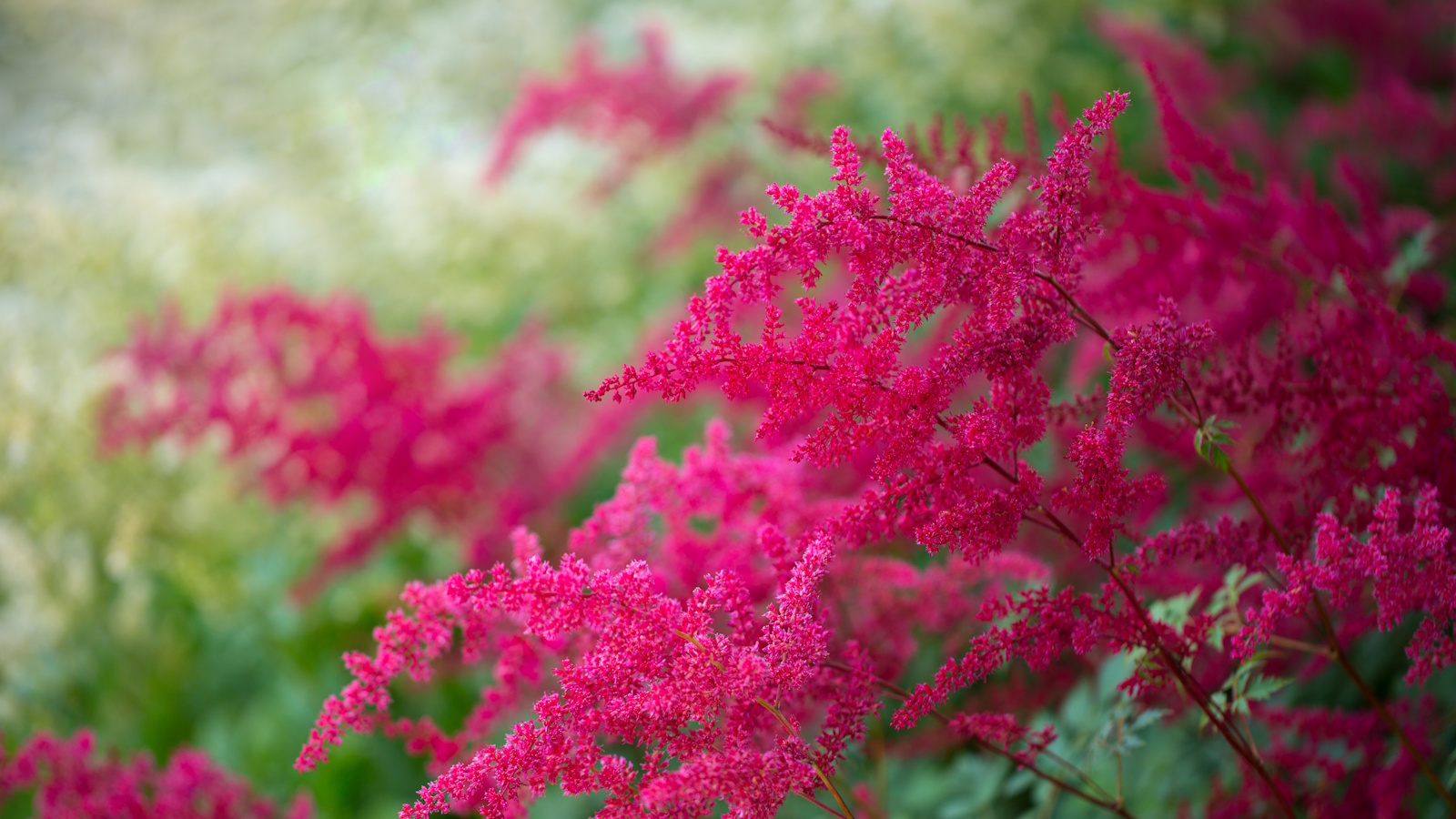

Season-long color for the shade is hard to come by, yet one plant can deliver even in dark areas of the yard. Astilbe - or False goat's beard - gives you that much-needed color for shade, along with many other benefits. For instance, its tall feathery plumes and attractive foliage are not on the menu for deer and rabbits.
Astilbe is found growing naturally in woodland and mountainous areas of Asia and North America, explaining its adaptation for shade and rich, moist soils. The Astilbe genus has dozens of species and hundreds of hybrids and cultivated varieties. You’ll find them planted in moist shade gardens and around ponds in USDA Zones 3 to 8.
So, if you are looking for full shade perennials to help illuminate your plot this year, then the many colors, sizes and textures offered by the Astilbe genus are your best bet. Here, an East Coast-based horticultural lecturer and gardening expert reveals everything you need to know about how to grow astilbe.
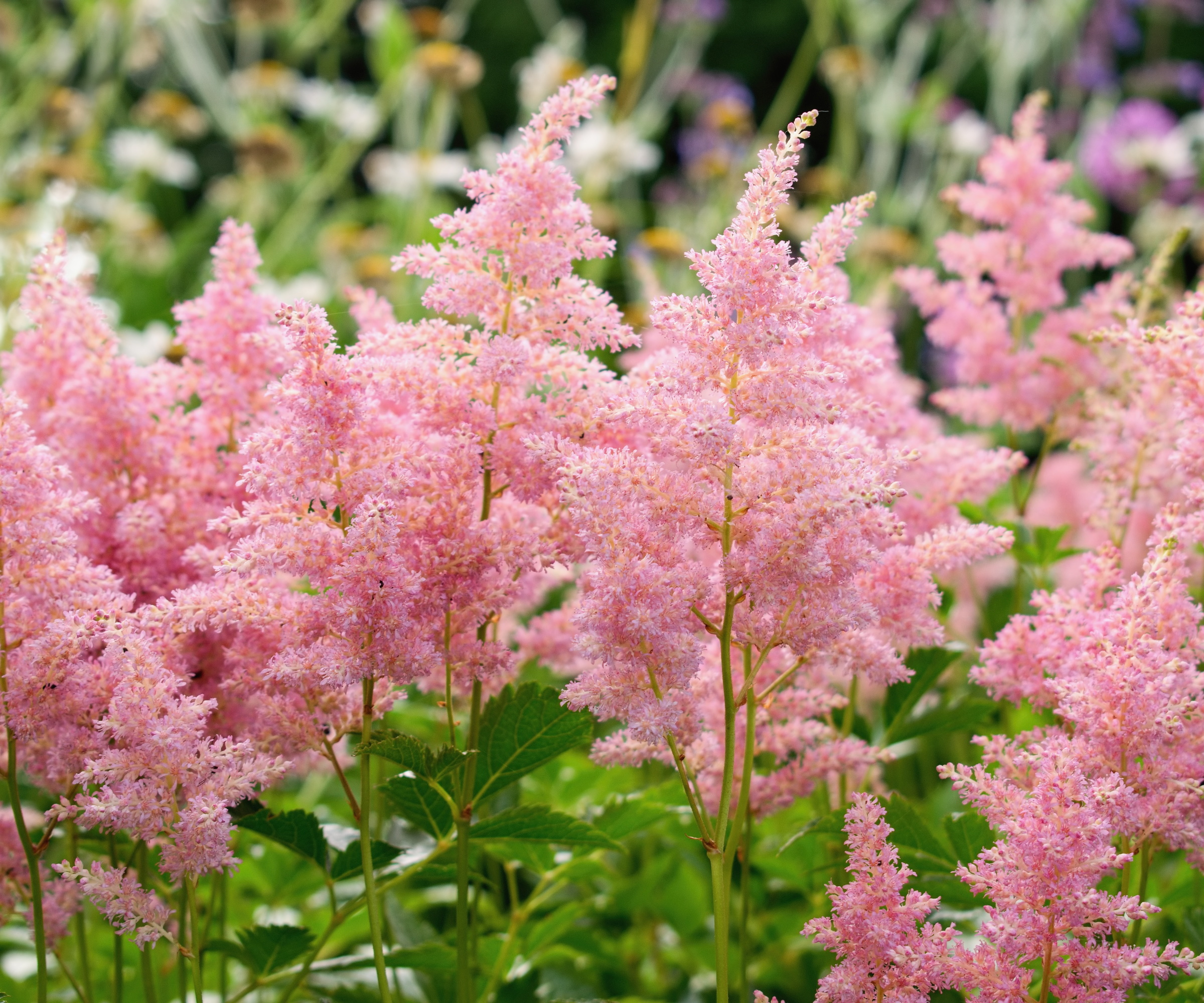
How to grow astilbe
Astilbe are often considered some of the best perennials, with impressive plumes that can range in size from just 6 inches to 2 feet. ‘Some call them refreshing looking because they are so light in character,’ says Eva Monheim, author and faculty at Longwoods Gardens.
‘They give a soft feel to the landscape, and they also have that soft movement of the flower heads.’ Eva’s example of this is Astilbe thunbergii ‘Straussenfeder’. ‘This one has a hanging plume, so it gets tall and then the plume drops over. It actually looks like chenille; it has that fabric kind of look.’
A variety of beautifully plumed astilbe can be found on Amazon.
A former florist herself, Eva recommends astilbe as a cut flower, especially with so many colors, from white and cream to soft pinks and dark purples and reds.
‘Cut those stalks, bring them into the house, and they hold up really well.’ She also suggests using the plumes as dried flowers, best cut right before peak bloom and allow them to dry upside down in a warm, dry space.
Lightweight gardening snips for harvesting these plumes are available at Target.
Growing habits of astilbe
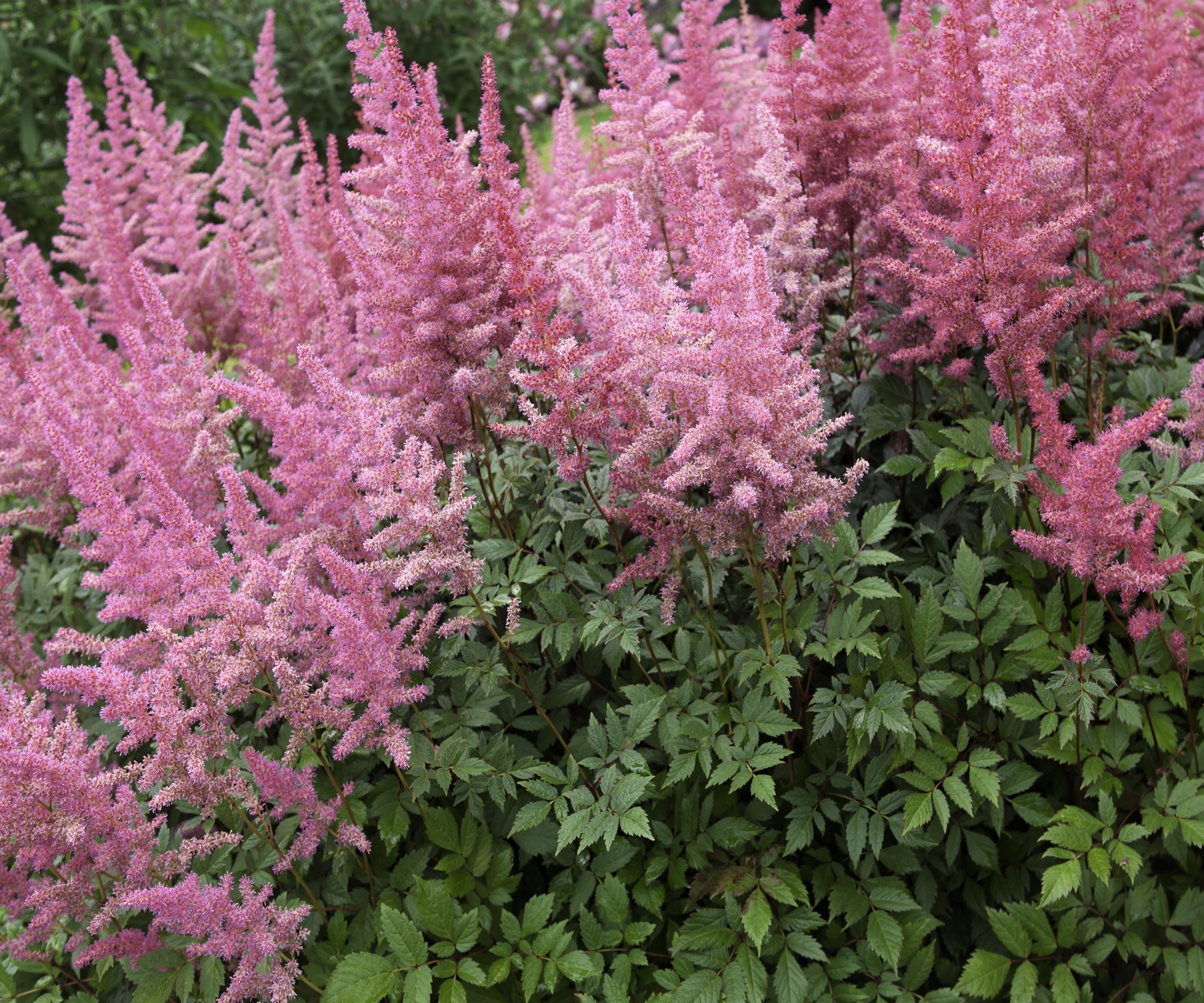
Eva believes astilbe are best planted in large sweeps. She has seen them used as an underplanting for a stand of river birch trees that sloped gently toward a pond.
‘In the springtime, it was all daffodil bulbs,’ Eva remembers. ‘But in late spring and summer, it was all astilbe. I saw these plumes, and I thought, have I just gone to heaven?'
The best part of this spring bulb-astilbe planting, Eva says, is ‘the astilbe is going to cover over your bulb foliage when it starts to die down.’ Eva adores the soft, dull to shiny dark-green compound leaves that have lots of texture and give the plant some interest even when not in flower.
Although beautiful in swathes, ‘it's okay to plant other perennials in between,’ she adds. This is an especially important technique for gardens with frequent pest problems, especially if you are seeking deer-resistant shade plants.
Layering is one of Eva’s tried-and-true planting techniques, and it works especially well using astilbe. Layering this perennial with other perennials, summer bulbs and even annuals ‘gives nooks and crannies for little animals and pollinators to go,’ she says.
The layering also keeps the moisture in the ground. ‘When you're mulching, you mulch once, and then your plants fill in, and then you don't have to mulch again,’ Eva explains.
As for the astilbe varieties she recommends, Eva says there are just so many on the market. ‘Anything in the Japonica group or the Thunbergii group are great,’ she says. ‘I'll stick with a species, because species are very dependable.’

Eva Monheim is a speaker, ISA Certified Arborist, an award-winning educator, and a faculty member at Longwood Gardens for the Professional Horticulture Program and Continuing Education Department. She was an assistant professor at Temple University. Eva's other endeavors are the award-winning The Plant a Trillion Trees Podcast, and the book Shrubs & Hedges: Discover, Grow, and Care for the World’s Most Popular Plants. She is co-principal of Verdant Earth Educators, a company that writes educational documents and standards, and trains professionals in the green industry.
Care guide for astilbe

- Soil: ‘In terms of soil health and structure, astilbe likes moist soil,’ Eva says. ‘Think of it going down a hill to a pond, that’s the moist soil they typically prefer, and that's going to keep them blooming longer.’
- Light: Astilbe are most definitely shade perennials. ‘If it’s in full sun, it's going to brown out, sometimes scorch,’ Eva says. ‘If anything, you want to have it in the morning light for a few hours, and afternoon shade. Western light is very hot.’
- Watering: 'What's really great about astilbe is they can be in moist shade through dry shade, although dry shade will force them to struggle,’ Eva says.
- Fertilizing: Eva uses a mushroom soil when planting astilbe in the garden or in containers, as astilbe prefer their soil to be slightly acidic. ‘I use it either as a mulch or as a mix in my containers,’ she says. ‘I like to use Bumper Crop or Jolly Gardener products, as well, as those have lots of nutrients in the soil to begin with.’ Jolly Gardener compost can be found at Walmart.
- Pruning: Astilbe are deciduous perennials, meaning their foliage will wither and die in the fall. There are two schools of thought around when to prune astilbe: in fall or in winter. Either way, the act of pruning is fairly easy. Simply trim dead flower stalks and stems to about one to two inches above the ground.
- Pests: Two fungal diseases can impact astilbe. ‘Powdery mildew looks like white spotting on the leaves, and this occurs from too much humidity,’ Eva explains. ‘Make sure there is plenty of air movement around the plants and remove any spotted leaves immediately and dispose of them in the trash. Use clean, sterilized tools before and after you remove the diseased plant parts. This way, the disease won't spread to other plants. Using sprinklers can cause this disease, especially when watering too late in the afternoon and into the evening. With leaf spot, you will need to remove the infected areas following the same procedures. This disease is caused by hot, wet summers. Again, make sure there is plenty of air movement.’
FAQs
I’ve seen astilbe sold as dry roots. Are those as reliable as plants in pots?
You’ll have success growing astilbe purchased as either potted plants or dry roots. ‘You can buy a box or bag of roots, and it doesn’t look like you have any plants at all,’ Eva says. ‘But put them in the ground, give them a few weeks, and they're going to be popping up.’
Astilbe isn’t just for shady garden beds. ‘You can put these into containers, by all means!’ Eva suggests. ‘You may want a shot of color in the summertime in a shady spot or on a shady patio in the city, and astilbe will be great.’
Eva suggests using a container and planting mix that drains slower to help maintain soil moisture. She uses a granular fertilizer like Osmocote or an organic vermiculture fertilizer when feeding.
For other container ideas for shady patios or urban backyards, check out our guide to the best plants for a shaded balcony, including some herbs for the culinarily inclined.
Shop garden accessories
Sign up to the Homes & Gardens newsletter
Design expertise in your inbox – from inspiring decorating ideas and beautiful celebrity homes to practical gardening advice and shopping round-ups.

Ellen Wells is a horticultural communications consultant with 30 years experience writing about all aspects of the gardening world, and for GardeningKnowHow.com since 2024. She specializes in retail horticulture, vegetable gardening and tropical plants. Ellen is based in southern New England where she gardens in zone 7a.
You must confirm your public display name before commenting
Please logout and then login again, you will then be prompted to enter your display name.
-
 Gwyneth Paltrow's quiet luxury kitchen is so beautiful, we almost overlooked her ultra-smart cabinets – they make the use of 'every inch' of storage space
Gwyneth Paltrow's quiet luxury kitchen is so beautiful, we almost overlooked her ultra-smart cabinets – they make the use of 'every inch' of storage spaceThe Goop founder makes use of dead space in her kitchen with customized cabinetry that reaches to the ceiling, providing ample storage
By Hannah Ziegler
-
 Martha Stewart's intelligent cabinets 'take every inch into consideration' – their 'visually light' style will solve your small kitchen storage problems
Martha Stewart's intelligent cabinets 'take every inch into consideration' – their 'visually light' style will solve your small kitchen storage problems'Every kitchen can be beautiful and functional, no matter what the size': 9 years since sharing her clever storage, Martha's cabinets are just as beautiful
By Megan Slack
-
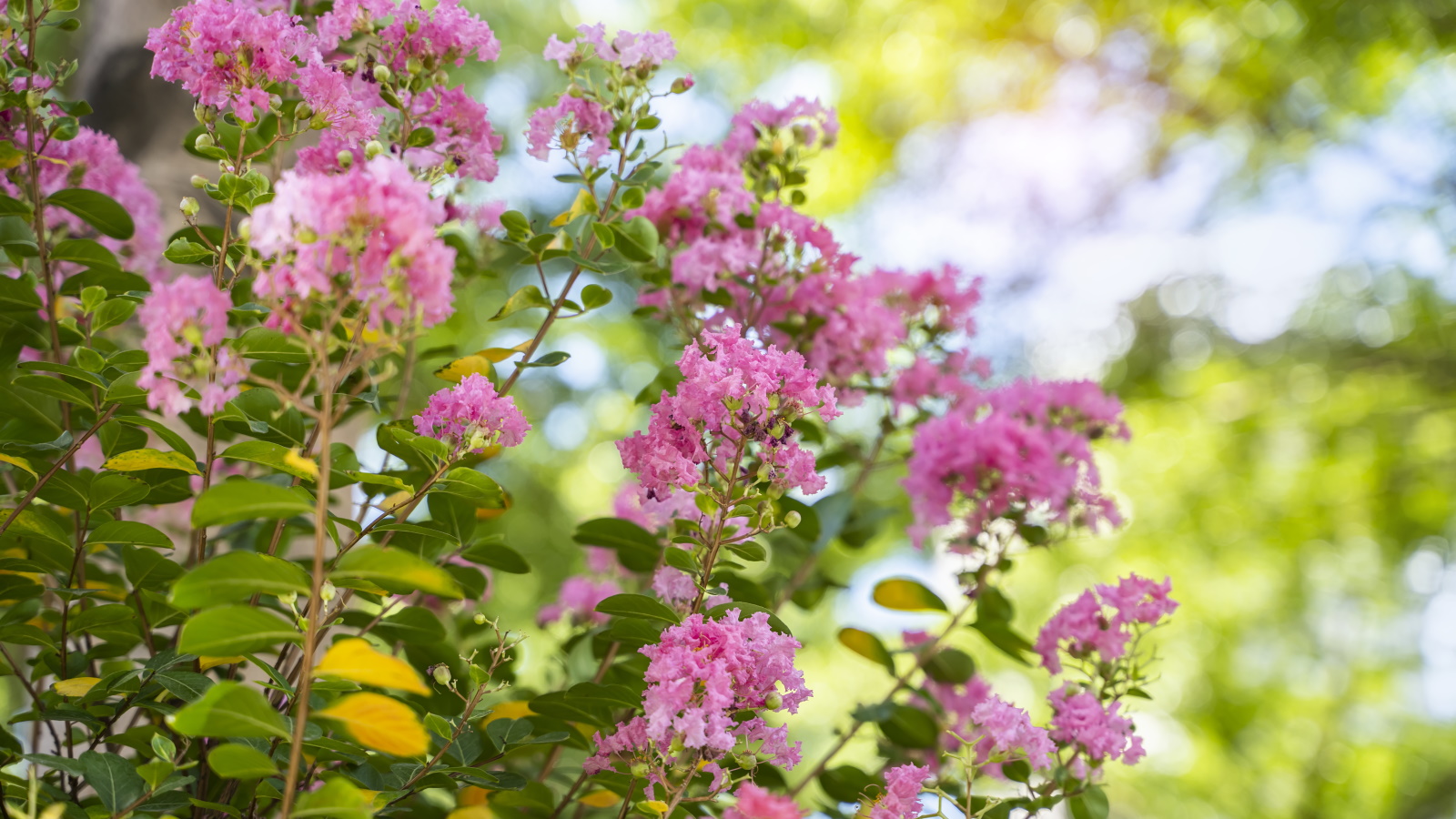 How to grow crepe myrtle in pots – and transform even the smallest of yards with dazzling flowers this summer
How to grow crepe myrtle in pots – and transform even the smallest of yards with dazzling flowers this summerGrowing crepe myrtles in pots will inject splashes of brilliant color into your outside space
By Thomas Rutter
-
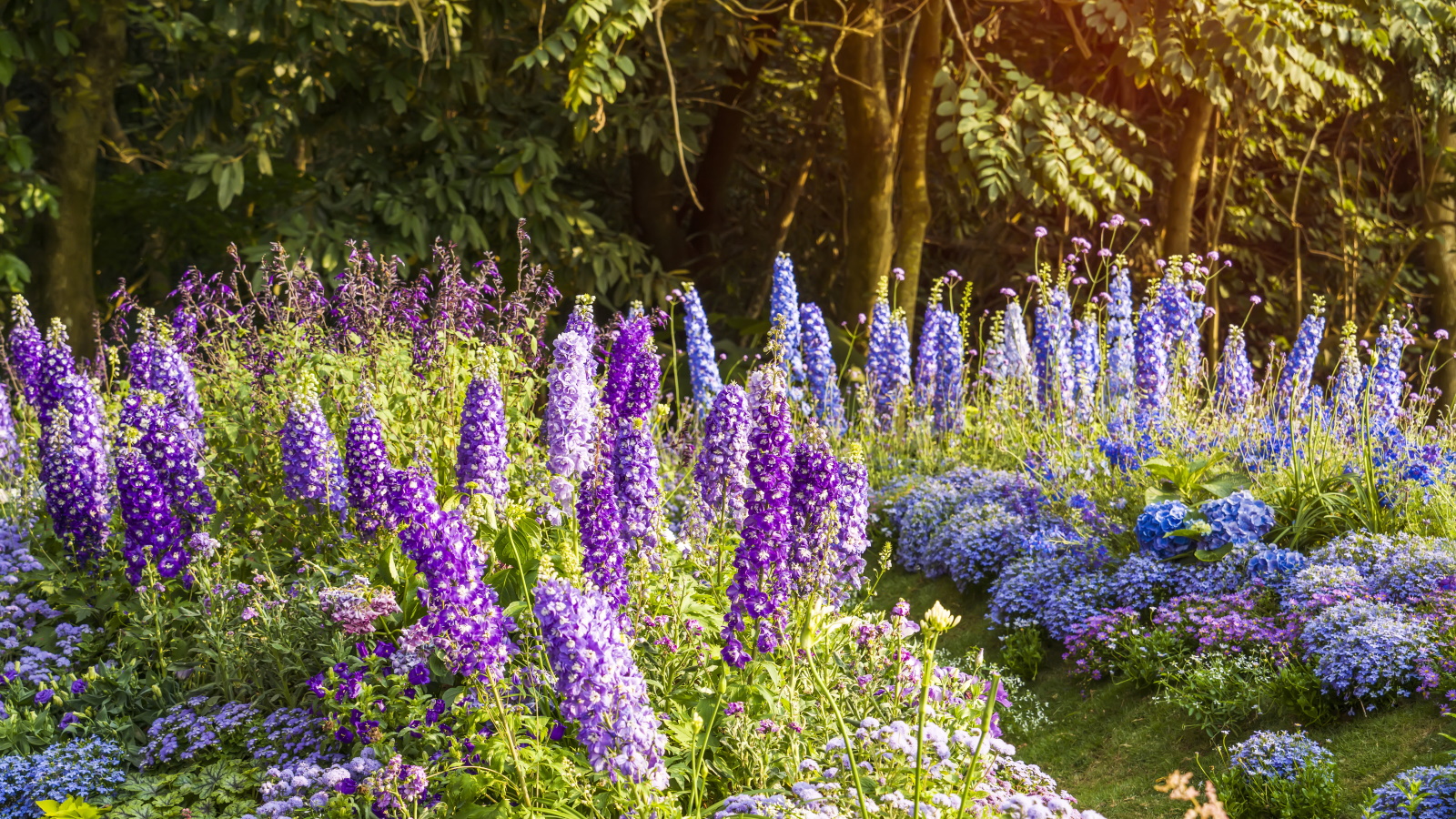 Best types of delphiniums – 14 stunning varieties for vibrant flower spikes in your yard
Best types of delphiniums – 14 stunning varieties for vibrant flower spikes in your yardPlants Here are our top types of delphiniums for brightening summer borders
By Holly Crossley
-
 How to grow impatiens – garden experts reveal the secrets to growing this shade-tolerant, sparkling summer plant
How to grow impatiens – garden experts reveal the secrets to growing this shade-tolerant, sparkling summer plantBoth 'Busy Lizzie' and 'New Guinea' impatiens can thrive in shady yards
By Ellen Wells
-
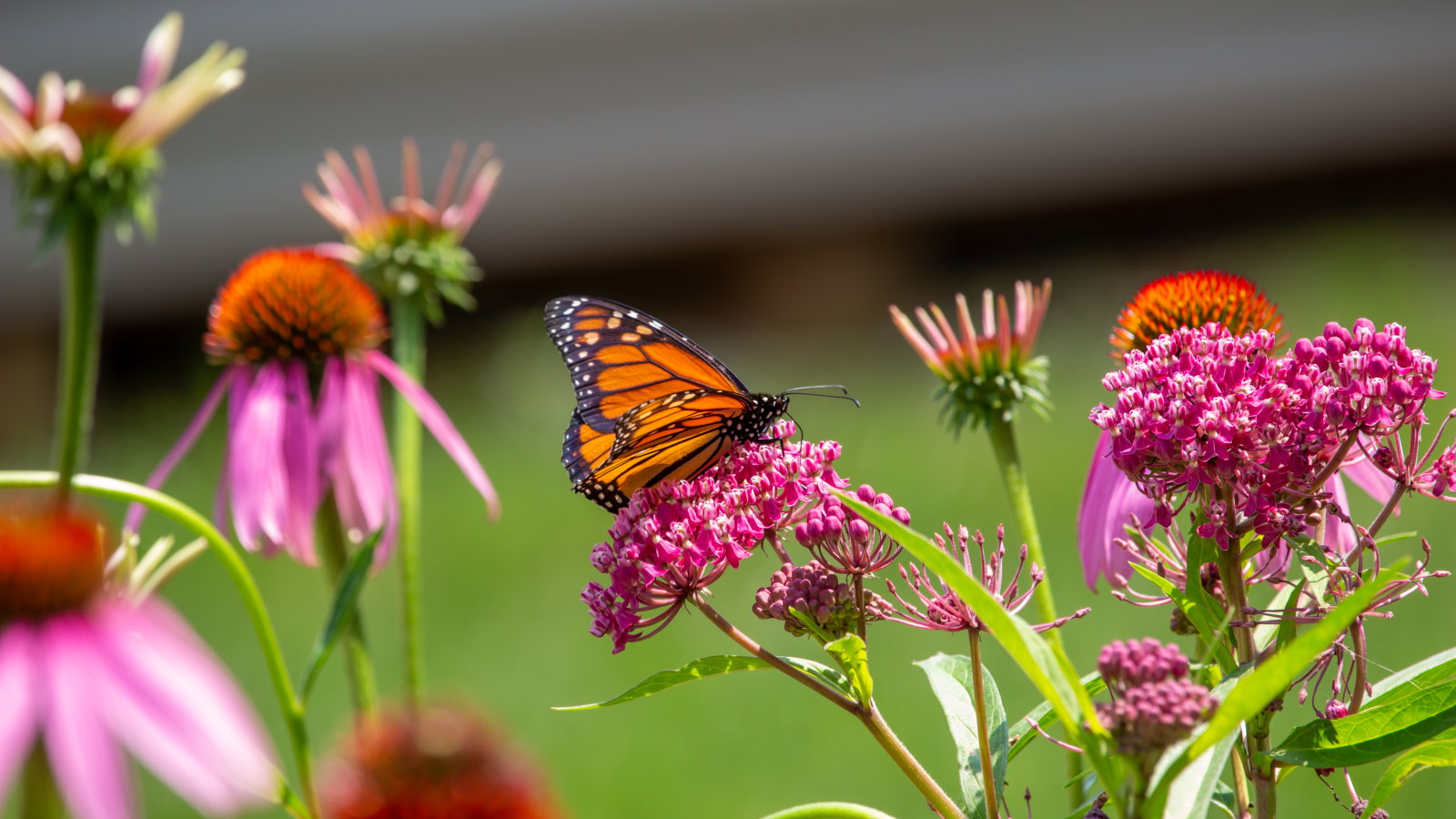 7 native perennials to plant in April – for glorious flowering displays to attract bees, butterflies, and hummingbirds
7 native perennials to plant in April – for glorious flowering displays to attract bees, butterflies, and hummingbirdsDiscover some of the best perennials to plant in April to make your garden a hotspot for wildlife
By Drew Swainston
-
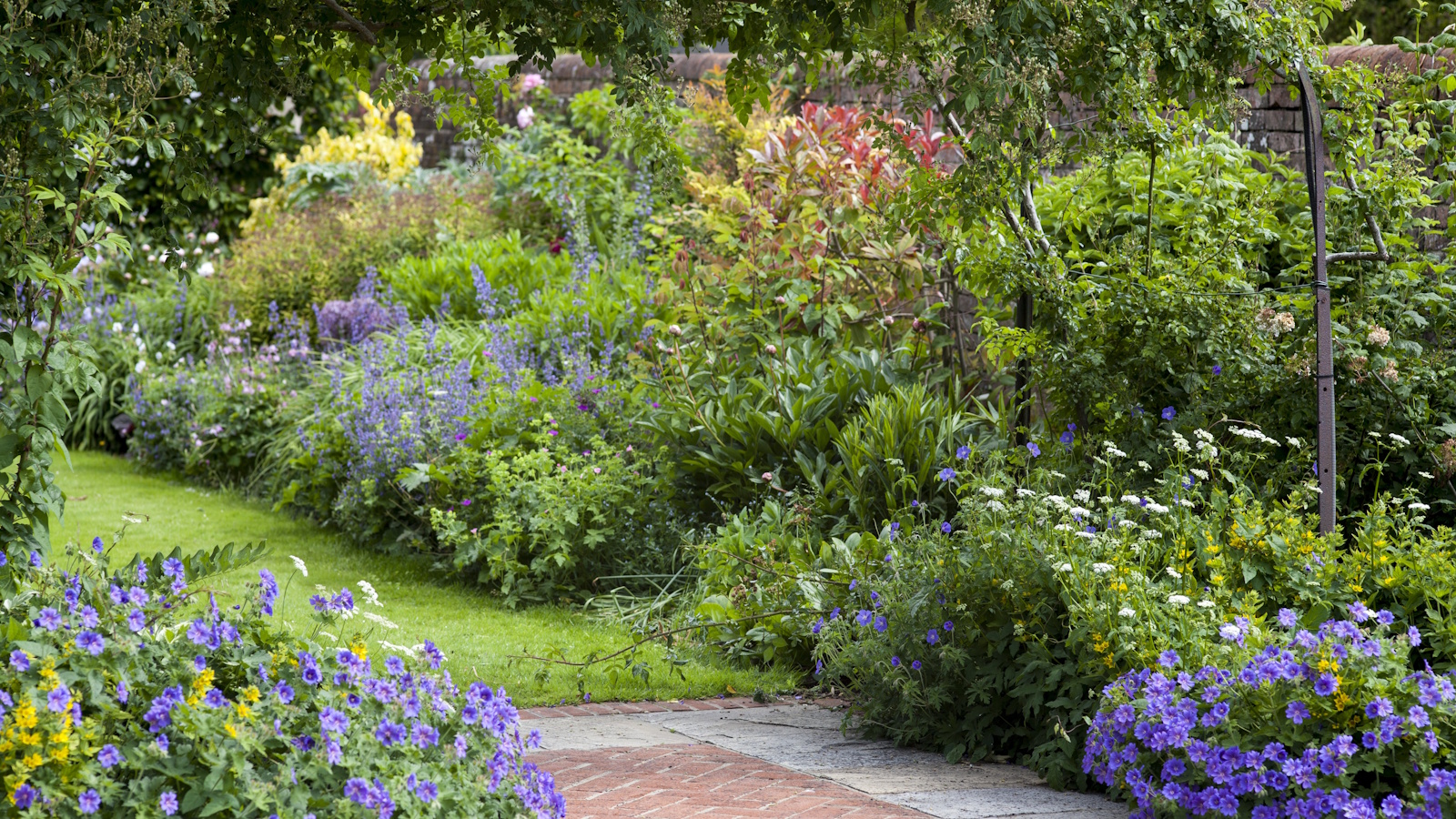 Is the viral salt hack the secret to a weed-free patio? A garden expert warns of irreparable, long-term damage – plus reveals the safest way to get results
Is the viral salt hack the secret to a weed-free patio? A garden expert warns of irreparable, long-term damage – plus reveals the safest way to get resultsYou might have seen gardeners on TikTok or Instagram using salt to kill weeds in pavers, but this hack should be avoided at all costs
By Thomas Rutter
-
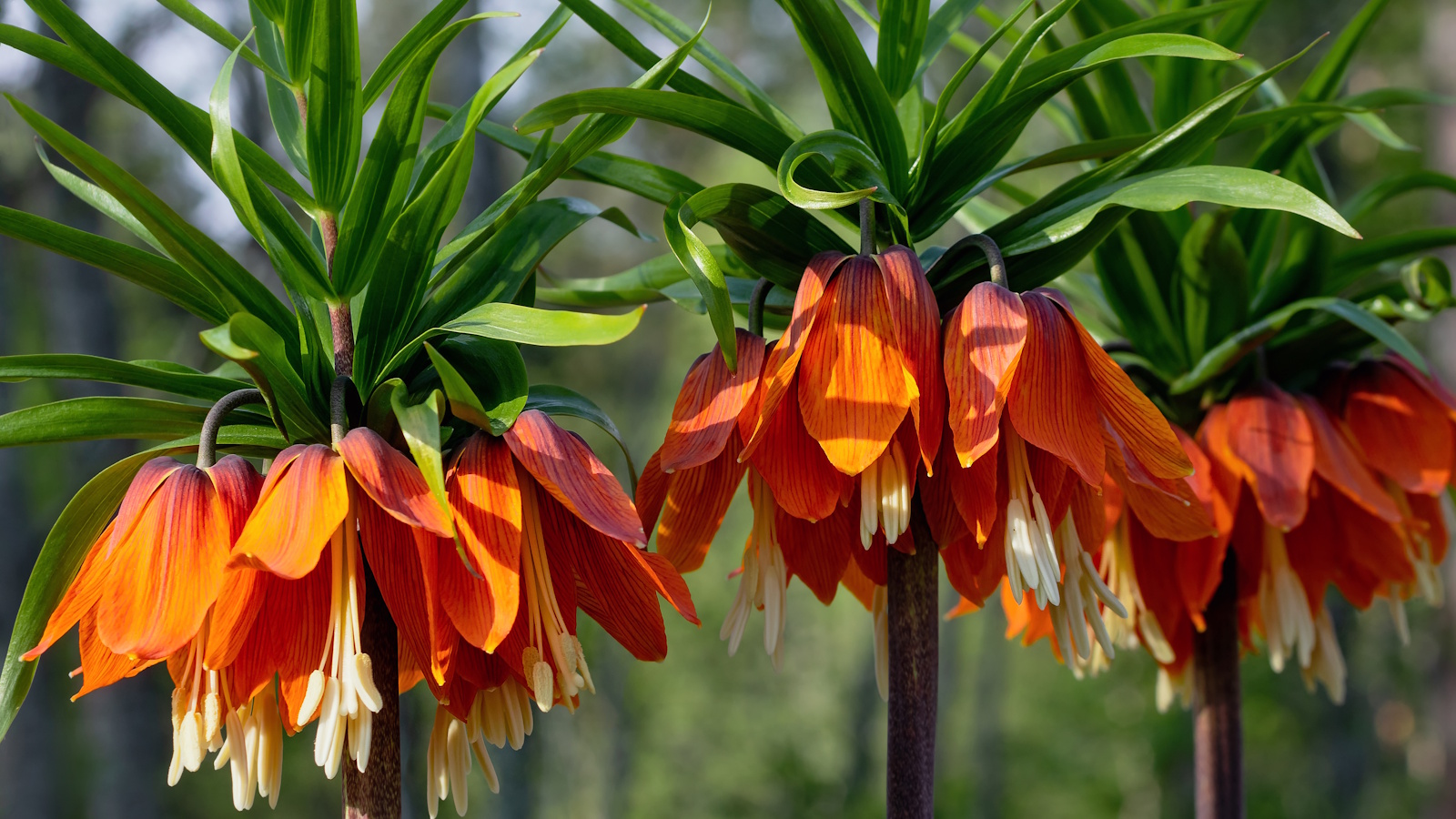 Worst-smelling plants to avoid – experts reveal 5 pungent species and suggest perfumed options to grow instead
Worst-smelling plants to avoid – experts reveal 5 pungent species and suggest perfumed options to grow insteadThese are some of the worst-smelling plants that can cause quite a stink
By Thomas Rutter
-
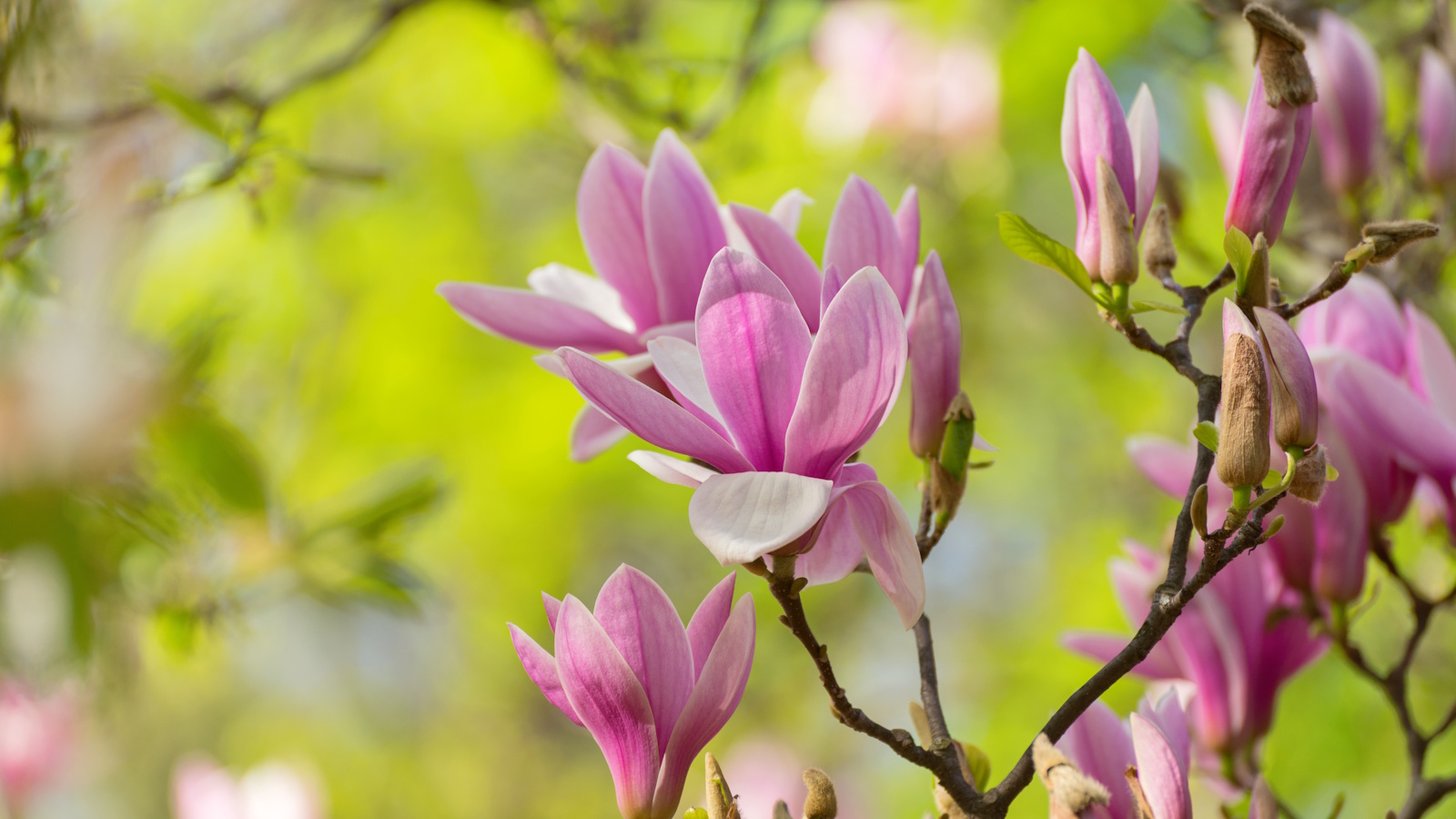 How to fertilize magnolias – garden experts reveal the secrets to better blooming, and timing is critical
How to fertilize magnolias – garden experts reveal the secrets to better blooming, and timing is criticalMagnolias are famed for their spring flowers, and feeding at the right time can give trees a boost
By Thomas Rutter
-
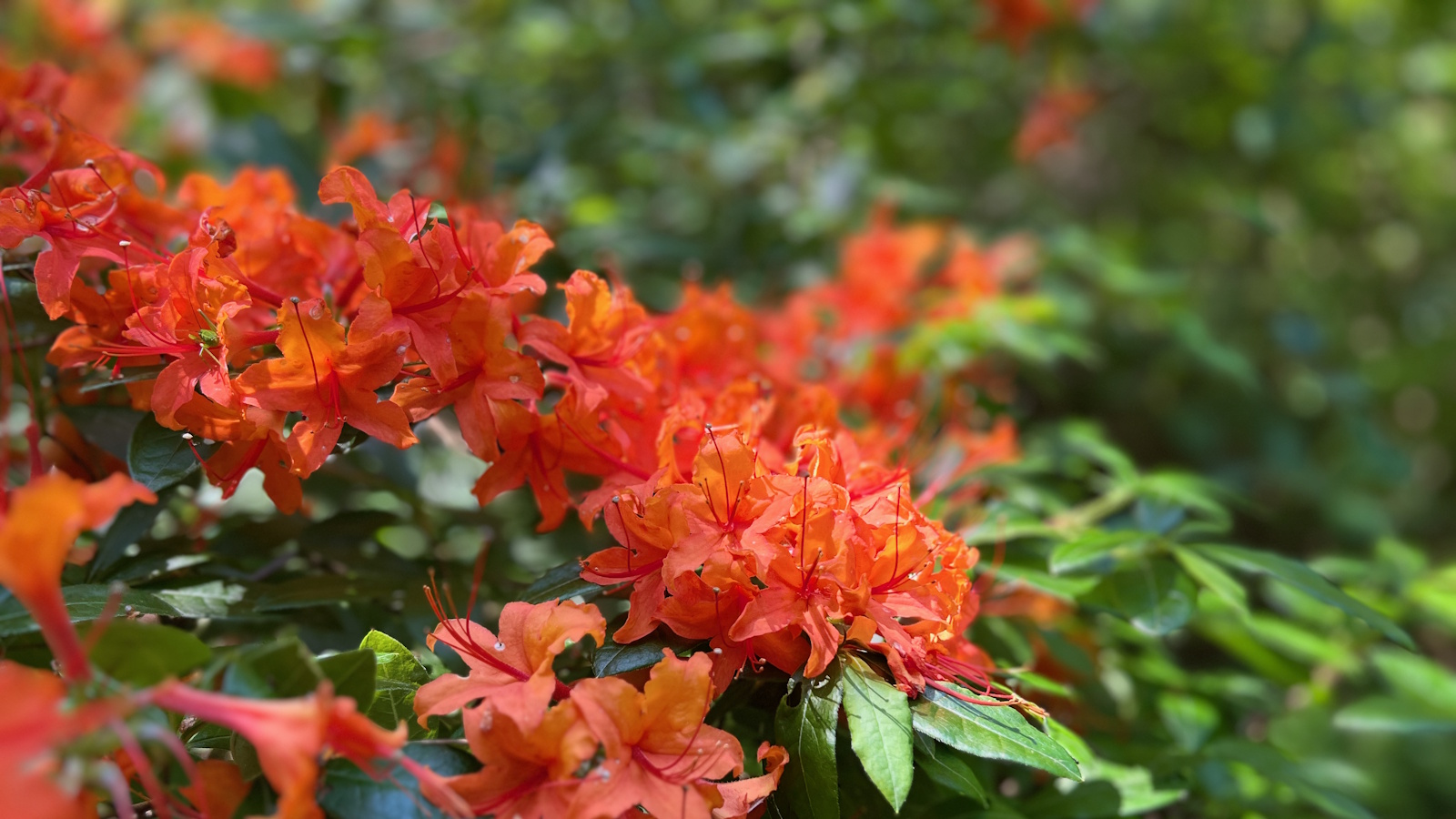 How to revive old rhododendron plants – pruning advice from a professional gardener to save your struggling shrubs
How to revive old rhododendron plants – pruning advice from a professional gardener to save your struggling shrubsWith the right pruning approach, you can rejuvenate old and woody rhododendrons
By Thomas Rutter


